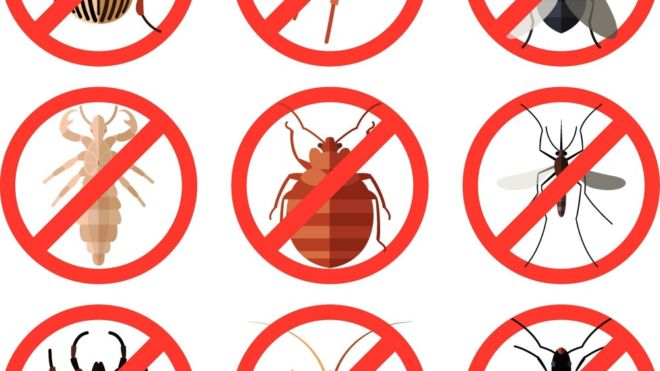They move silently, driven by instincts honed over thousands of years. One has whiskers that can sense the narrowest of spaces. The other spins silk so strong it could stop a falling leaf midair. To them, your home is more than just a structure — it’s shelter, food, and survival wrapped into one.
Rodents and spiders are two of the most common, and most misunderstood, intruders we encounter. Their behavior may seem unpredictable, but in reality, it follows clear patterns. Learning those patterns is the key to making pest control more effective and keeping your space a step ahead of their next move.
Rodents: Masters of Adaptation
Rats and mice have survived in nearly every environment humans have built. They are opportunistic feeders, agile climbers, and quick learners. In fact, once a rodent finds a reliable food source, it can memorize the route to it within a single night.
Rodent control begins with understanding what drives them:
- Food availability: Even crumbs or pet food left out overnight can sustain them.
- Shelter: They prefer warm, dark spaces — attics, basements, and wall voids are perfect.
- Safety from predators: Cluttered areas and overgrown vegetation provide cover.
Their teeth never stop growing, which is why they gnaw constantly — not just to access food, but to keep those teeth from becoming too long. That gnawing can damage wiring, insulation, and even structural wood, creating hazards beyond the pests themselves.
Spiders: Ambush Predators in Miniature
Where rodents scurry, spiders wait. They are patient hunters, positioning themselves where food is most likely to come to them. Outdoor lighting that attracts flying insects can quickly become prime real estate for web-builders.
Spider control depends on disrupting their food supply and hiding spots:
- Reduce insect prey: Limit lights at night or switch to bulbs that attract fewer bugs.
- Remove clutter: Piles of boxes or stored items give spiders perfect hiding spots.
- Seal access points: Gaps in windows or vents can be entryways for both spiders and their prey.
While most spiders are harmless to humans, their presence often signals another issue — an abundance of other pests nearby.
How Their Worlds Overlap
Rodents and spiders don’t compete for the same food, but they share a critical behavior: both thrive in environments where human activity leaves resources behind. Food waste, crumbs, and unsecured trash lure rodents, while those same conditions attract insects, which in turn feed spiders.
This overlap means that effective pest control often requires addressing both problems at once. Reducing clutter, sealing gaps, and removing food sources cuts off the advantages for both intruders.
The Psychology of Movement
To truly outsmart these pests, it’s worth considering how they move through space.
- Rodents stick close to walls and avoid open spaces where they could be exposed.
- Spiders often move vertically, using walls, corners, and ceilings to navigate.
For rodent control, placing traps or deterrents along baseboards in low-light areas is more effective than setting them in open spaces. For spider control in Boise, targeting the upper corners of rooms and exterior eaves is often the best approach.
Seasonal Shifts in Behavior
Neither rodents nor spiders operate the same way year-round.
- In colder months, rodents seek warmth indoors and spiders follow prey into sheltered spaces.
- In warmer months, rodents range farther outside for food, while spiders increase web-building to take advantage of insect activity.
Understanding these shifts makes it easier to time interventions. For example, sealing entry points in late summer can prevent both pests from moving in when temperatures drop.
The Role of Environment
Every building has its own “pest profile,” shaped by factors like location, surrounding vegetation, and human habits. A rural home with nearby fields might face constant rodent pressure, while a city apartment near streetlights could have ongoing spider issues.
Companies like Habitat Pest & Lawn consider these environmental variables when creating control strategies. A cookie-cutter approach rarely works; pest control has to match the conditions of the space to be effective long-term.
Why Early Action Matters
Rodent populations grow quickly — a pair of mice can produce dozens of offspring in a year. Spiders can also multiply fast if conditions are favorable. Waiting until you see regular signs of activity usually means the problem is already well established.
Early detection is critical:
- Listen for scratching in walls or ceilings.
- Watch for web buildup in corners or around outdoor lights.
- Check for droppings, gnaw marks, or shed spider skins.
These early clues give you the chance to act before a full infestation develops.
A Balanced Approach
Long-term success in rodent control and spider control is rarely about one single method. It’s a combination of:
- Exclusion: Blocking entry points.
- Sanitation: Reducing food and water sources.
- Targeted removal: Using traps, baits, or safe treatments where necessary.
By integrating these methods, you address both the immediate problem and the conditions that caused it.
Final Thought
Rodents and spiders may seem like very different pests, but they are both driven by the same core needs: shelter, food, and safety. Once you understand how they think and move, your pest control strategy becomes more precise and effective.
It’s not about declaring war on every insect or animal outside your door — it’s about making your home or business an environment that simply doesn’t invite them in. With consistent attention and the right prevention steps, these intruders stay where they belong: outside, and out of mind.






